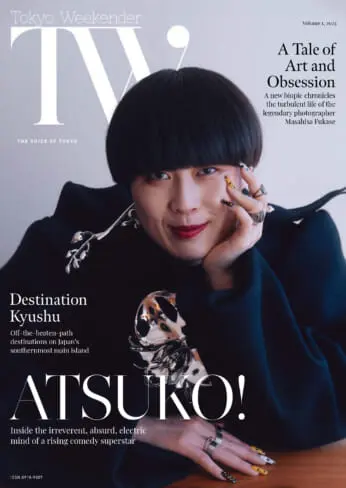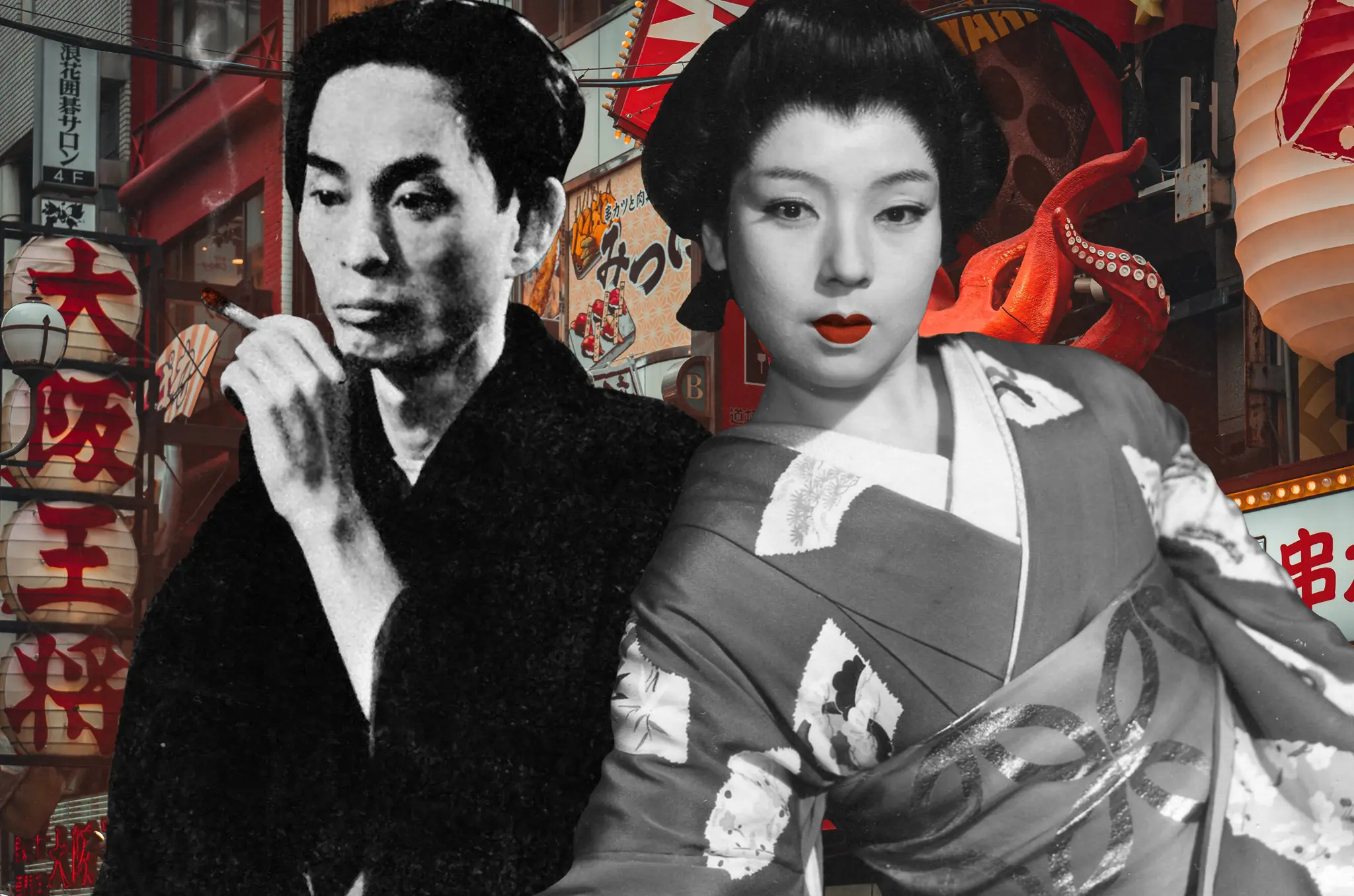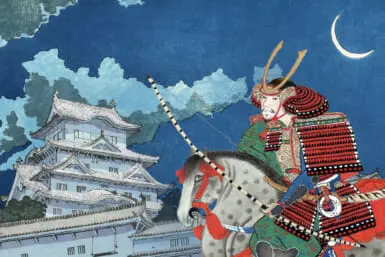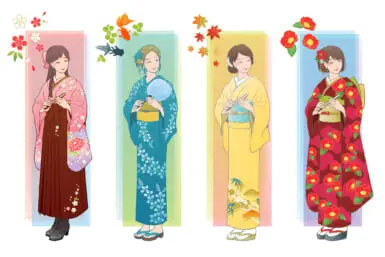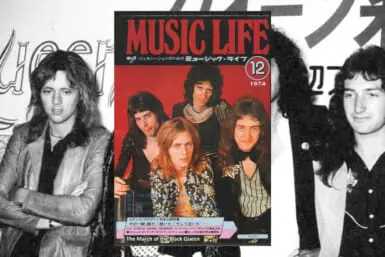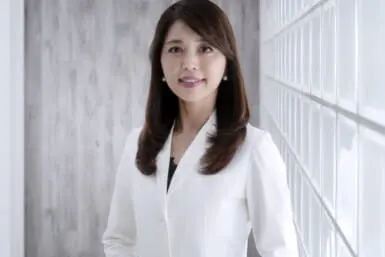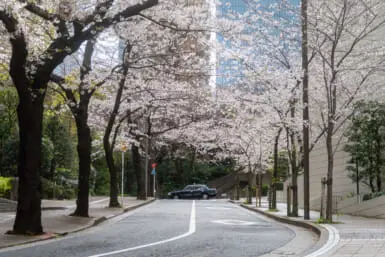With the Osaka Expo 2025 kicking off, we thought we’d look at some of the prefecture’s most iconic figures in history for our latest List of 7. We are including only people born in Osaka, even if they only spent a short time of their lives there.
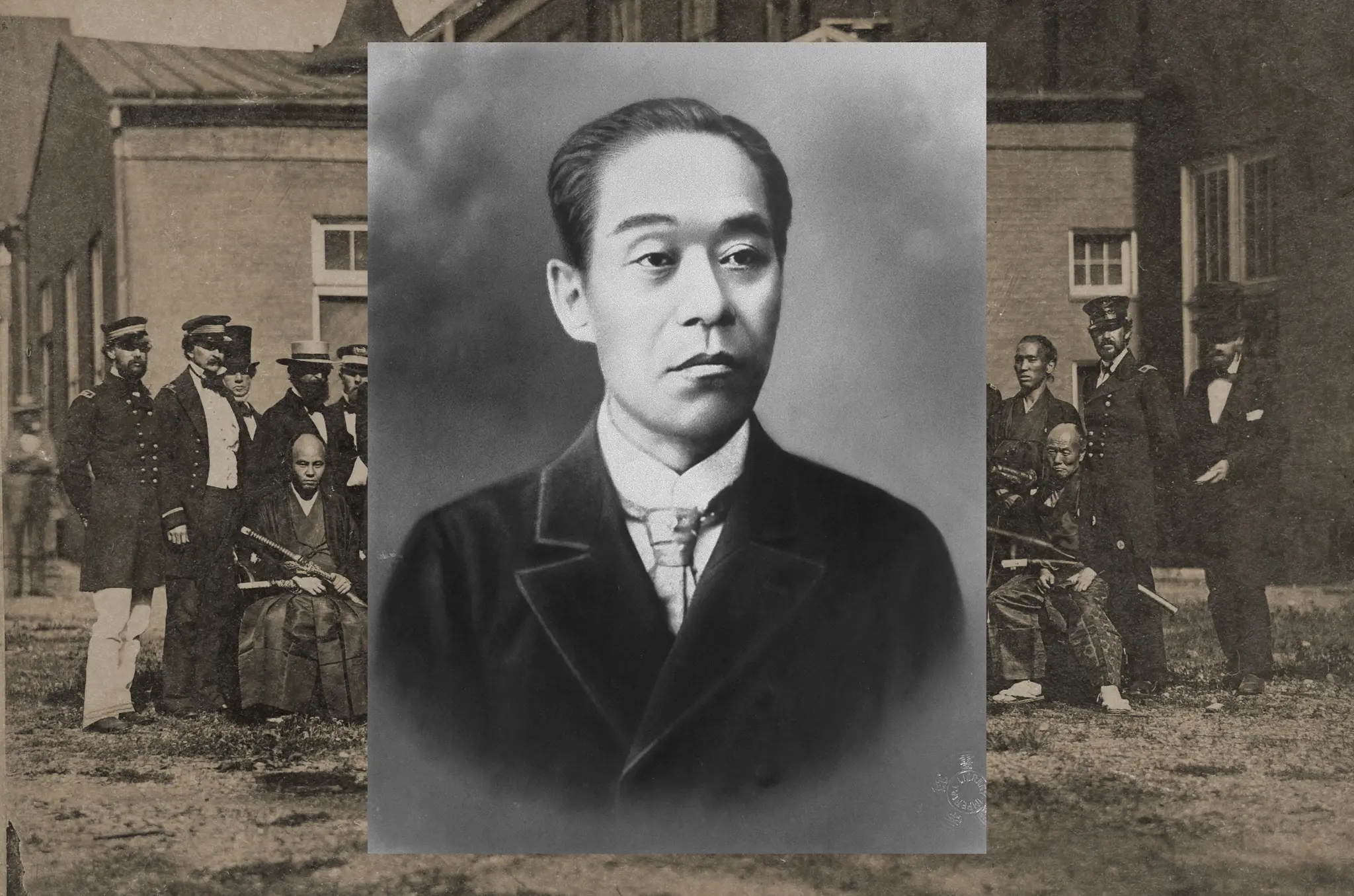
Yukichi Fukuzawa
The face of the ¥10,000 note from 1984 to 2024, Yukichi Fukuzawa was the founder of the Jiji Shinpo newspaper and Keio University. He was also a progressive thinker who challenged the notion that all people had a fixed role in a hierarchical society, encouraging citizens to think for themselves through his philosophy of dokuritsu-jison (independence and self-respect).
In the 1860s, Fukuzawa took part in the Shogunate missions to the United States and Europe, before writing Seiyo Jijo (Conditions in the West), which became a bestseller. He was regarded as Japan’s foremost expert on Western civilization. He also played a pivotal role in the Meiji Restoration, advocating for modernity, so the country could achieve national independence.
Fukuzawa was born in Settsu Province — modern-day Osaka — in 1835. When he was just 18 months old, his father, a low-ranking samurai from the Nakatsu Domain (present-day Oita Prefecture), passed away. His family subsequently returned to Nakatsu. In 1855, Fukuzawa went back to Osaka to attend Tekijuku, a school of Dutch learning. He died in 1901 after suffering a stroke.
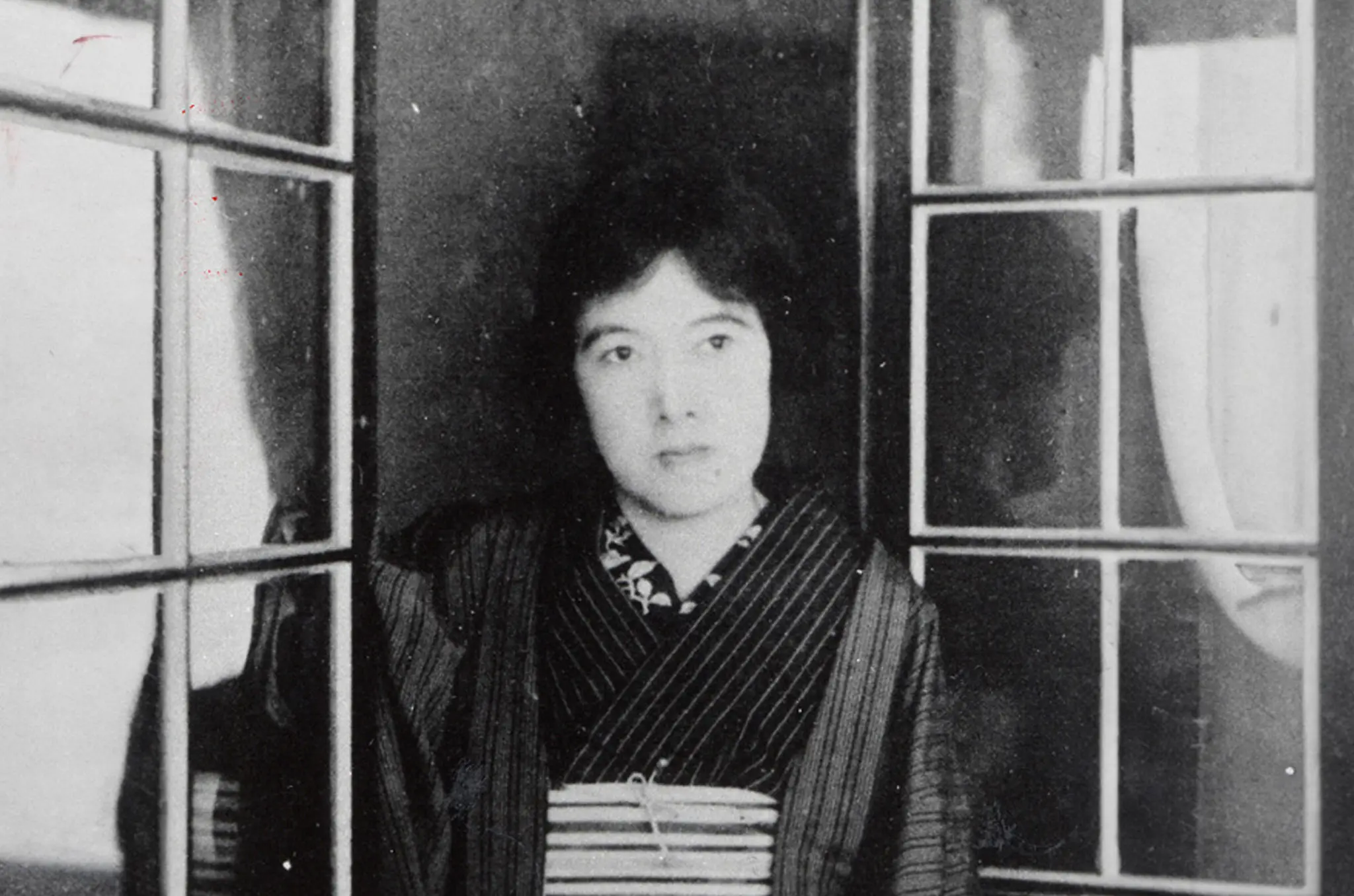
Akiko Yosano
An author, poet, feminist and social reformer, Akiko Yosano — born Ho Sho — was a giant of Japanese literature and a trailblazer who depicted women as strong and independent beings who were unafraid to act on their sexual desires. A prolific writer, she penned more than 75 books during her career, including over 20 collections of poetry.
One of Yosano’s most memorable poems was “Kimi Shinitamou Koto Nakare” (“Thou Shalt Not Die”), addressed to her brother during the height of the Russo-Japanese War in 1904. Three years earlier, she released her first and most famous volume of tanka (short poetry) titled Midaregami (Tangled Hair). Initially panned by literary critics, it eventually earned widespread praise.
Yosano was born into a prosperous merchant family in Sakai, Osaka Prefecture, in 1878, and developed a love for literature and poetry from an early age. Tekkan Yosano, editor of the poetry magazine Myojo (Bright Star), to which she subscribed, taught her tanka poetry. They would later marry and have 13 children together. She died of a stroke in 1942.
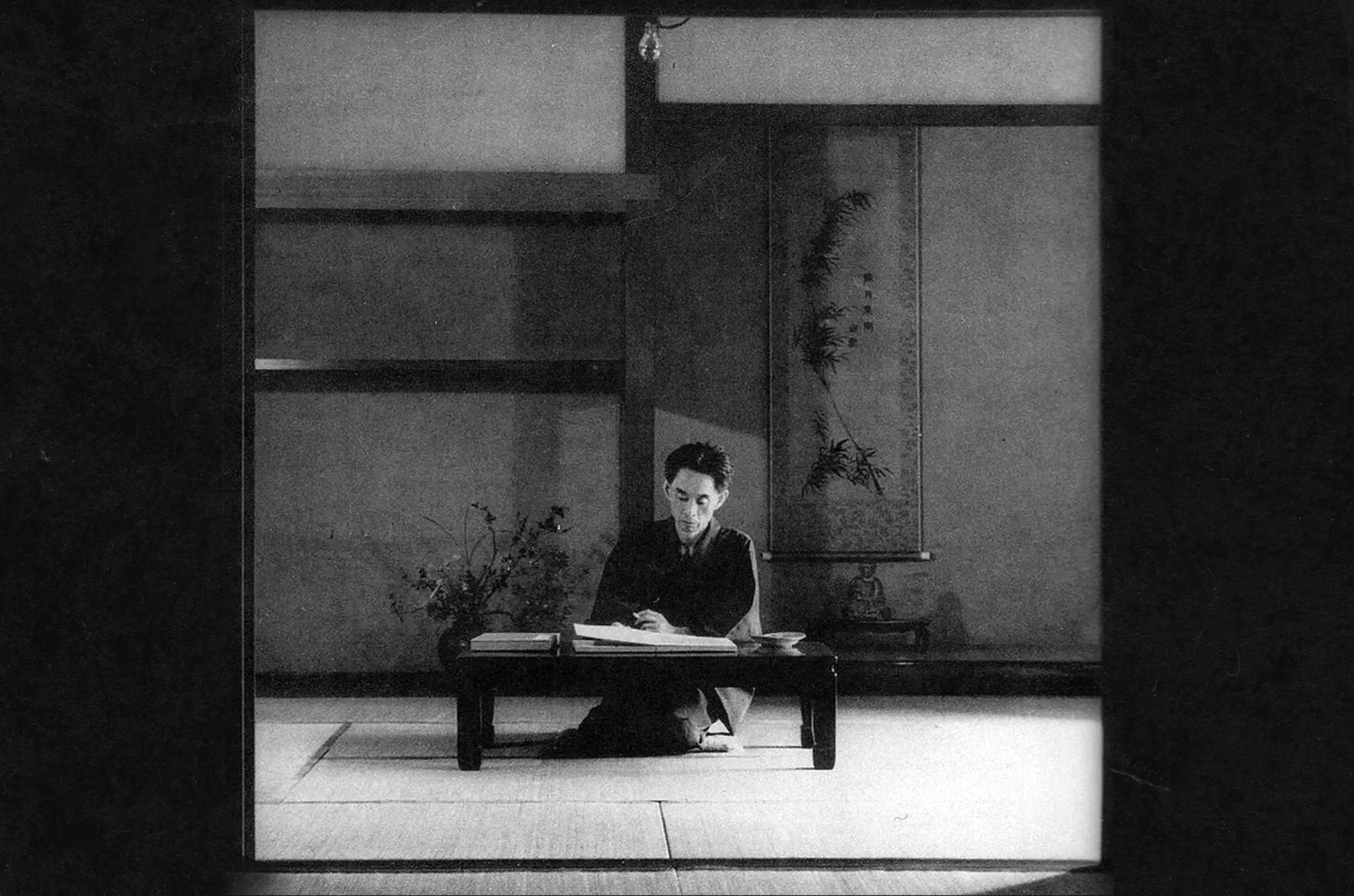
Yasunari Kawabata
One of the 20th century’s most revered writers, Yasunari Kawabata was seen as a national treasure in Japan thanks to masterpieces such as Snow Country and Thousand Cranes. The former — widely considered his magnum opus — begins, “The train came out of the long tunnel into the snow country. The earth lay white under the night sky.”
These are arguably the most famous opening lines in Japanese literature. In 1968, Kawabata became the first Japanese person to win the Nobel Prize for Literature, beating out competition from 75 other nominees. According to the Nobel committee, Kawabata received the award “for his narrative mastery, which with great sensibility expresses the essence of the Japanese mind.”
Born in Osaka in 1899, Kawabata lost both his parents before he was 4. He spent his high school days nursing his bedridden grandfather. This period of his life was the main subject of his autobiographical short story, “Diary of My Sixteenth Year.” He apparently died by suicide in 1972 by gassing himself, though many believe his death was an accident.
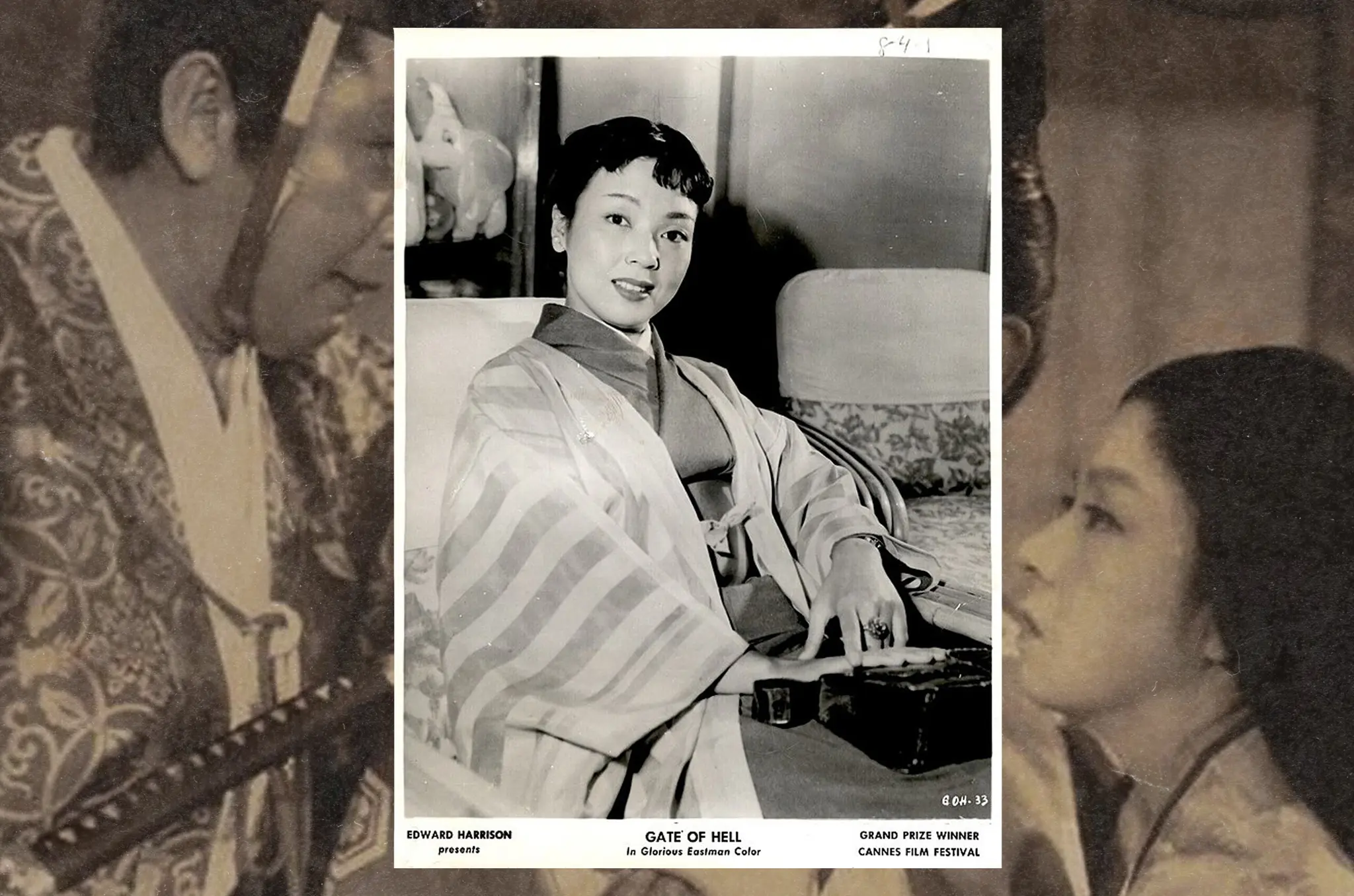
Machiko Kyo
One of the stars of the Golden Age of Japanese cinema, Machiko Kyo was best remembered for her role as Masago, the wife of the murdered samurai in Akira Kurosawa’s classic, Rashomon. She also appeared in several of Kenji Mizoguchi’s films, including in Ugetsu as the mysterious noble person Lady Wakasa and as sex worker Mickey in Street of Shame.
Another standout performance came in Teinosuke Kinugasa’s Gate of Hell — the first Japanese color film to be released internationally — in which she played the lady-in-waiting Kesa. Her only international film was alongside Marlon Brando and Glenn Ford in The Teahouse of the August Moon, for which she earned a Golden Globe nomination.
Kyo — real name Motoko Yano — was born in Osaka in 1924. She was brought up by her mother, a geisha, after her father left home when she was 5. An aspiring dancer, Kyo joined the Osaka Shochiku Kagekidan in the mid-1930s. A Daiei Film scout then discovered her in 1949. She died of heart failure 70 years later.

Den Fujita
Known as the original American-style business tycoon in postwar Japan, Den Fujita was the man primarily responsible for bringing McDonald’s to Japan. He first ate at the American fast-food chain in 1967 and then oversaw the opening of the first Makudonarudo in this country four years later. It launched in Tokyo’s Ginza district on July 20, 1971.
Fujita, who was also instrumental in bringing Toys R Us to Japan, was seen as a business superstar. He was a hero to many entrepreneurs here, including SoftBank founder Masayoshi Son, who flew to Tokyo to meet him when he was 16. That was after he had called Fujita’s office more than 60 times, attempting to arrange a meeting.
Born in Osaka in 1926, Fujita had a relatively privileged upbringing. After World War II, he worked as a part-time interpreter at Gen. MacArthur’s headquarters. He then turned down the offer of a job at the Ministry of Finance to start his own business, selling imported sundry goods. Fujita died of heart failure in 2004.
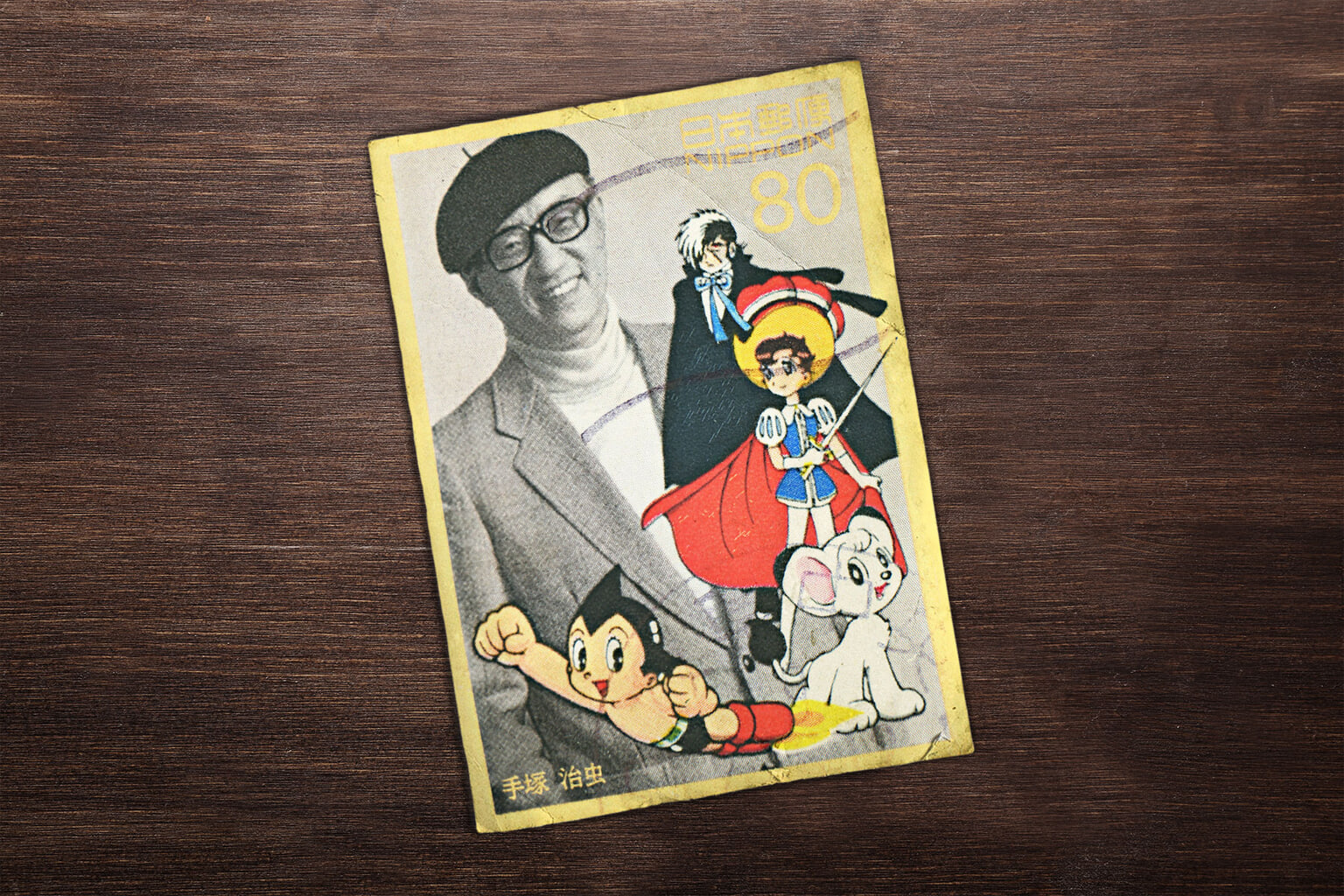
Osamu Tezuka
Dubbed the “god of manga” and the “godfather of anime,” Osamu Tezuka wrote around 150,000 pages of manga manuscripts for over 700 volumes and created roughly 60 animations. Inspired by Western cartoon characters such as Donald Duck and Betty Boop, he was the first mangaka here to draw the big, expressive eyes that are so ubiquitous in comics today.
He introduced his most famous creation to the world in 1951. Astro Boy originally featured as a supporting character in a short manga series titled Captain Atom. He proved so popular; a spin-off called Mighty Atom was created a year later. Other famous works included Kimba the White Lion, Phoenix, Buddha and Black Jack.
Tezuka was born in Toyonaka, Osaka in 1928. When he was 5, his family moved to Takarazuka, Hyogo Prefecture, where he often watched the Takarazuka Revue with his mother. The shows left a huge impression on him. As did the films of Walt Disney, particularly Bambi, which he watched more than 80 times. Tezuka died of stomach cancer in 1989.
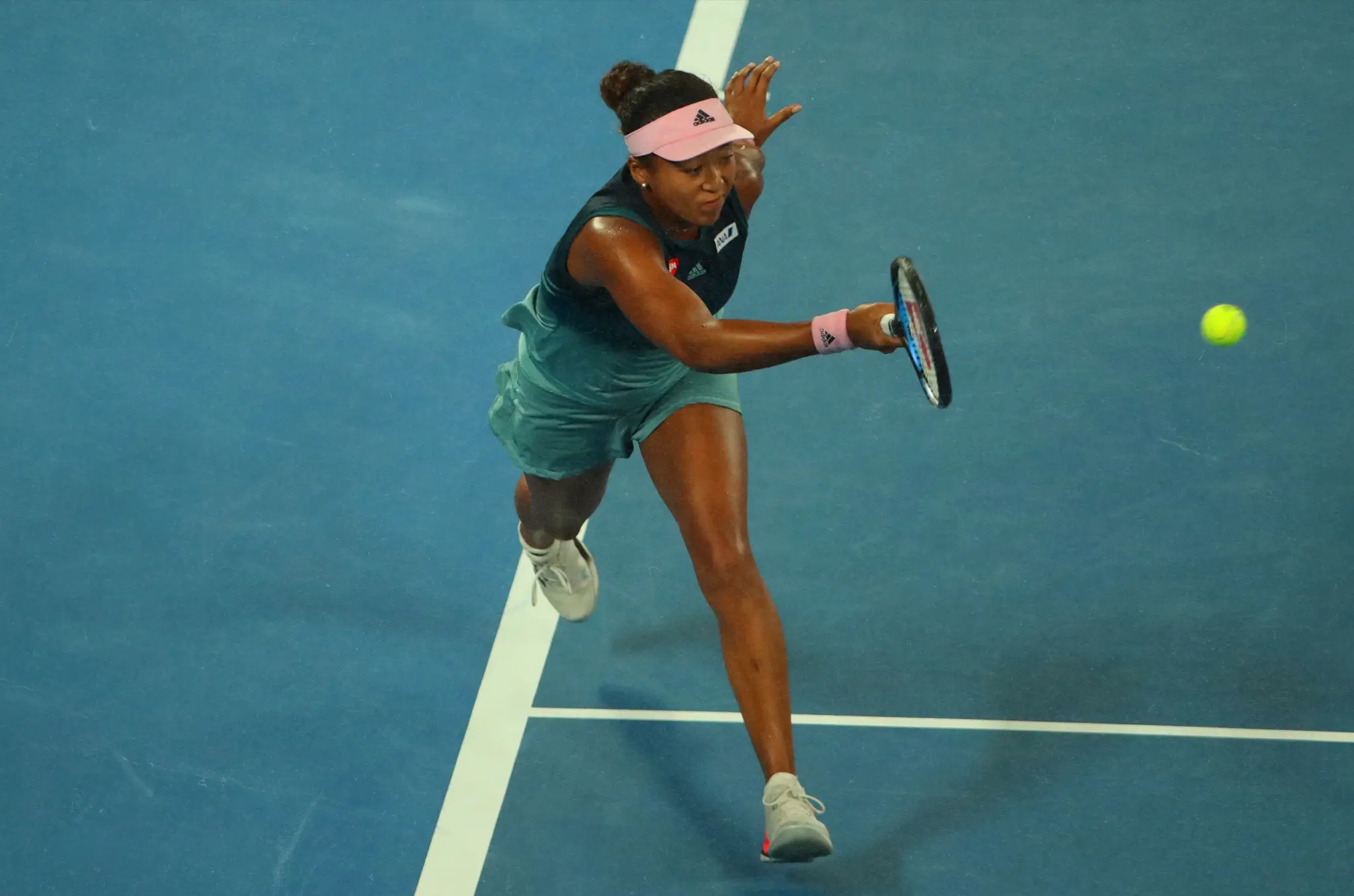
Naomi Osaka
The first Japanese-born tennis player to win a major singles title, Naomi Osaka is one of the world’s most marketable athletes. Known for her aggressive style, she defeated Serena Williams in the final of the US Open in 2018 and then triumphed at the Australian Open a few months later, beating Petra Kvitová of the Czech Republic in the final.
Osaka subsequently became the first Asian player to be ranked No.1 in the world in singles. She successfully defended her US Open and Australian Open titles but then struggled with form and spoke openly about her depression and anxiety. Included three times in Time‘s annual list of the 100 most influential people in the world, she lit the Olympic cauldron at the 2020 Tokyo Summer Games.
Born in Osaka to a Haitian American father and a Japanese mother in 1997, Osaka and her family left for New York when she was 3, so her memories of Japan are hazy. Speaking to Asia Nikkei, however, she said she does hold some vivid memories, such as walking in the park with her mom, and eating nikuman (steamed meat buns).
